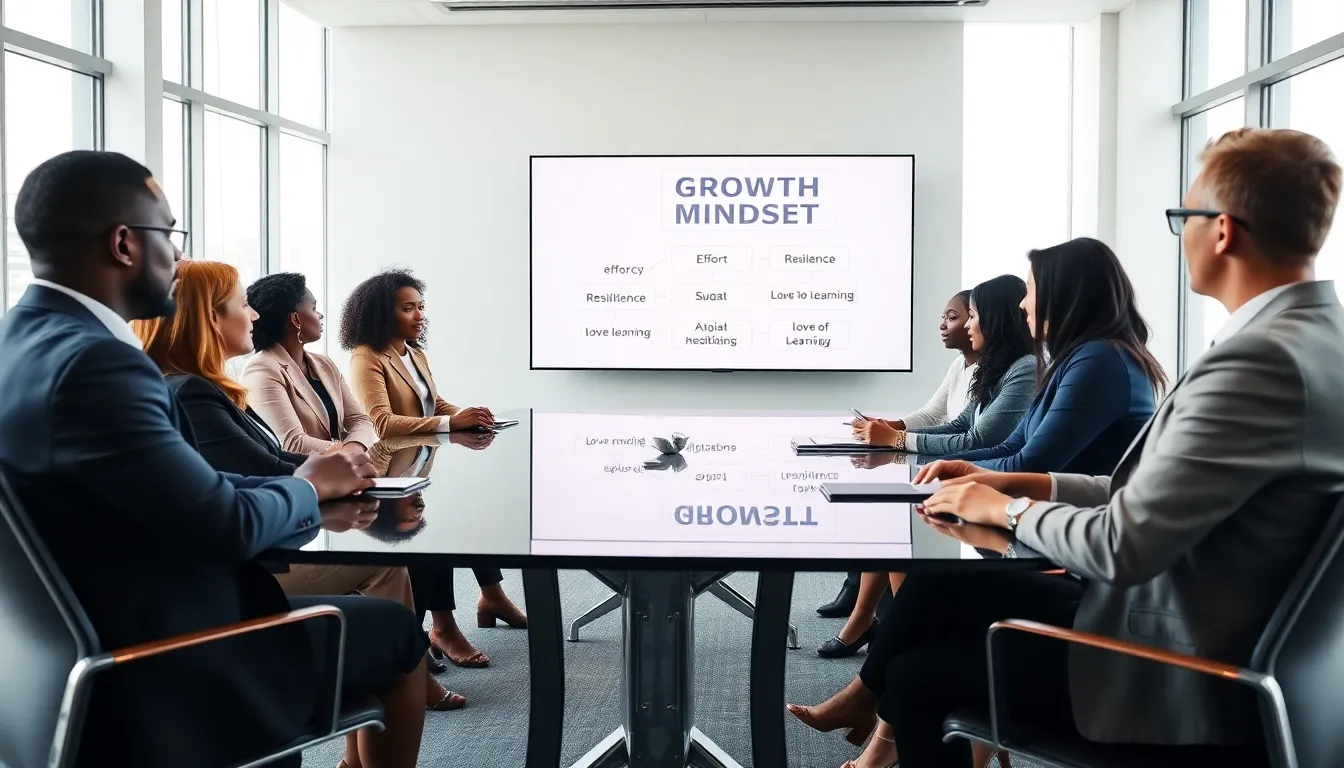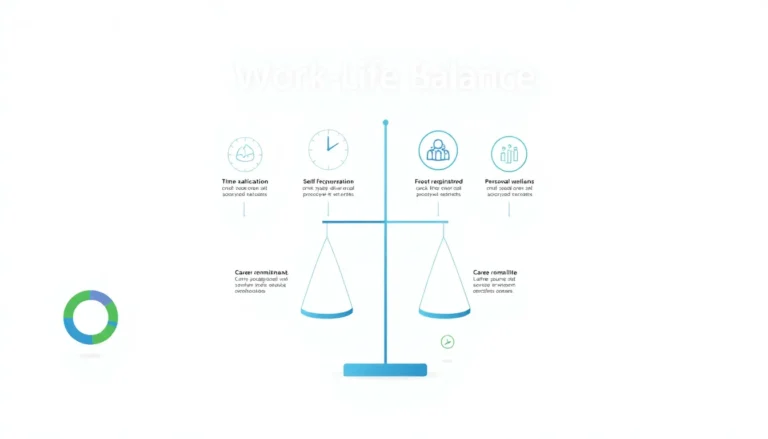Table of Contents
ToggleEver heard the saying, “If you think you can, you’re halfway there?” Well, buckle up, because the world of the growth mindset is about to take you on a journey that could change your life. Imagine transforming challenges into stepping stones and failures into lessons. It sounds like the stuff of motivational posters, right? But it’s backed by science, and it all starts with a little talk, specifically, those captivating TED Talks that light a fire in our brains. So, roll up your sleeves as we investigate into the fascinating realm of growth mindset theory, and discover how a few shifts in thinking can lead to monumental changes in personal growth and resilience.
Understanding Growth Mindset

Origins of Growth Mindset Theory
The concept of growth mindset wasn’t pulled from thin air: it has roots in academic psychology, mainly thanks to psychologist Carol Dweck. In the late 20th century, she began examining how beliefs about intelligence impact behavior and achievement. Through her research, Dweck identified two core mindsets: fixed and growth. The fixed mindset believes abilities and intelligence are static, essentially, you’re either born smart or you aren’t. This is the mindset that can land a person in a rut, paralyzed by fear of failure. In contrast, the growth mindset is rooted in the belief that skills and intellect can be developed over time through hard work, dedication, and perseverance.
Key Components of a Growth Mindset
A growth mindset comprises several key components. First, it emphasizes the importance of effort. Individuals with this mindset recognize that failure is part of the learning process and view challenges as opportunities for growth. Second, resilience plays a vital role: they bounce back from setbacks and aren’t deterred by obstacles. Finally, a love for learning is crucial. Those who embrace a growth mindset continuously seek knowledge, eagerly pursuing new experiences and skills. These components work together to foster a more adaptable and open-minded approach to life.
Significance of a Growth Mindset
Growth Mindset vs. Fixed Mindset
Understanding the difference between growth and fixed mindsets helps highlight the significance of adopting a growth mindset. Individuals with a fixed mindset often shy away from challenges, fearing failure. In contrast, those with a growth mindset thrive on challenges, viewing them as stepping stones to greater understanding. This fundamental difference can impact everything from academic performance to career success.
Real-Life Applications of a Growth Mindset
But where does this abstract concept fit into the real world? In education, for instance, students with a growth mindset tend to perform better and engage more actively in their learning. In the workplace, employees who adopt this mindset are usually more innovative and willing to take risks. They tackle challenges head-on, which can lead to significant advancements in their careers. So, whether you’re in a classroom or an office, a growth mindset can unlock doors you didn’t even know were there.
Key TED Talks on Growth Mindset
1. Carol Dweck: The Power of Believing You Can Improve
Dweck’s own TED Talk is a must-watch for anyone interested in this topic. She dives deep into her research and shares compelling stories that demonstrate how a growth mindset can transform lives. From students to professional athletes, she illustrates that the belief in one’s ability to improve can make all the difference.
2. Angela Lee Duckworth: Grit, The Power of Passion and Perseverance
Though focusing on grit, Duckworth’s insights complement Dweck’s growth mindset philosophy. She emphasizes that it’s not just talent that leads to success: passion and perseverance are equally essential. This talk encourages individuals to embrace challenges, knowing that grit fuels personal growth and accomplishment.
3. Eduardo Briceño: How to Get Better at the Things You Care About
In this insightful talk, Briceño explores practical tips for applying a growth mindset in everyday life. He emphasizes developing a learning orientation and balancing performance with improvement. Briceño’s perspectives guide listeners toward intentional growth, encouraging them to embrace challenges and enjoy the process.
Implementing a Growth Mindset in Daily Life
Techniques to Cultivate a Growth Mindset
Ready to jump into the action? Cultivating a growth mindset takes practice but can be incredibly rewarding. Start by consciously changing your internal dialogue. Replace self-defeating thoughts with constructive ones. Instead of saying, “I can’t do this,” say, “I can’t do this yet.”
Setting achievable goals is another effective technique. Break larger goals into manageable steps and celebrate small victories along the way. Seeking feedback is vital, too. Embrace constructive criticism as a goldmine for personal growth. Surrounding yourself with growth-minded individuals can also provide support and encouragement. Remember, the journey takes time, but each small step brings you closer to unlocking your potential.







